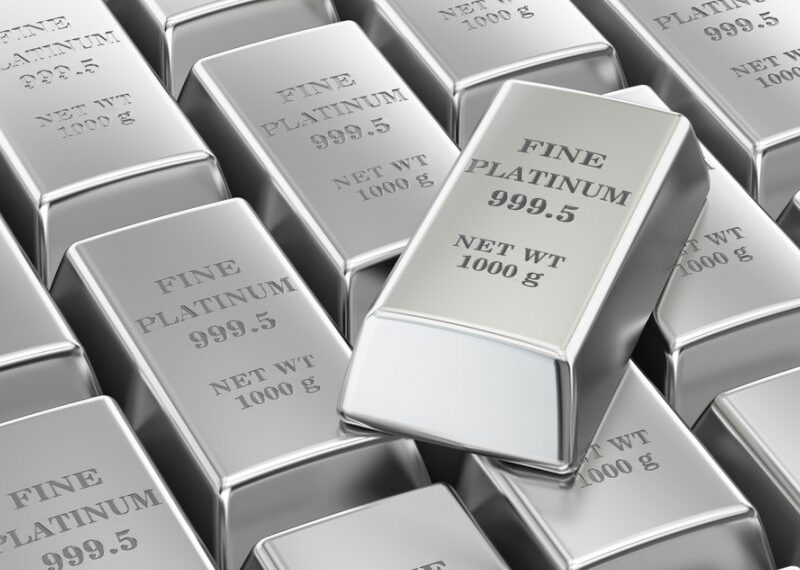First mentioned by the Italian scholar Julius Caesar Scaliger in 1557, platinum is one of the most expensive commodities. Together with silver and gold, platinum is rare and belongs to the category of precious metals. Platinum is a malleable, dense, ductile metal, which forms the basis of the platinum family, also known as platinum-group metals (PGMs). It consists of 6 metals with similar chemical and physical characteristics, including: iridium, palladium, osmium, ruthenium, rhodium and, of course, platinum. The precious metal is even more rare than gold. Annually, miners extract only 130 tons of platinum, compared to 1,700 tons of gold. The cost of mining per ounce is also twice as expensive.
What Is Platinum Used For?
Most of the industrial applications for platinum were developed after the 1970s when air quality laws required catalytic converters on automobiles. The following industries generate most of the demand for platinum:
- Automobile Industry
The automobile industry accounts for almost 40% of gross demand for platinum. Automobile manufacturers use platinum in catalytic converters to control harmful exhaust emissions.
- Jewelry
The jewelry industry accounts for over 30% of the global gross demand for platinum. The metal’s shiny appearance and resistance to tarnishing make it a popular choice in rings, necklaces, bracelets and watches.
- Industrial Uses
magnet Industrial uses account for almost 25% of global gross platinum demand. Products that use platinum include the following: Oxygen sensors Spark plugs Turbine engines Dentistry equipment and dental crowns Anti-tumor agents Standard weights and measures Magnets
- Investment Demand
Silver Money Investors account for about 5% of global gross demand annually. Countries including the United States, Canada, Australia, Isle of Man and China, mint platinum coins for investors. Investors can also purchase platinum bullion in the form of bars and ingots
What affects the price of platinum?
Over the course of history, the demand for platinum has derived from both traders and industry, in a similar way to gold and silver. The price of platinum can be affected by a number of different factors. High jewelry demand, combined with scarce supply, drive the price of platinum to higher value levels than that of gold. Moreover, due to platinum being an important feature of catalytic converters, any downturn in the automotive industry would have a direct impact on demand. Lesser factors affecting the price of platinum include investment demand and political instability. For instance, a high gold price or weak US dollar could have a knock-on effect, by guiding investors towards platinum. Also, with most of the world’s supply of platinum being mined in South Africa and Russia, it is potentially vulnerable to unstable political and economic situations.
Why trade platinum?
Traders may look to platinum as an investment in order to diversify their portfolio. This is because it is considered to be a good way of ensuring that a trader’s portfolio is exposed to various sources of risk. As with other precious metals, platinum as a commodity often tends to hold its value, even during periods when the currency rates drop. Platinum trading is a way of expressing a bullish view on global growth, while it is also seen as a store of value and an insurance against weakness in the US dollar.

